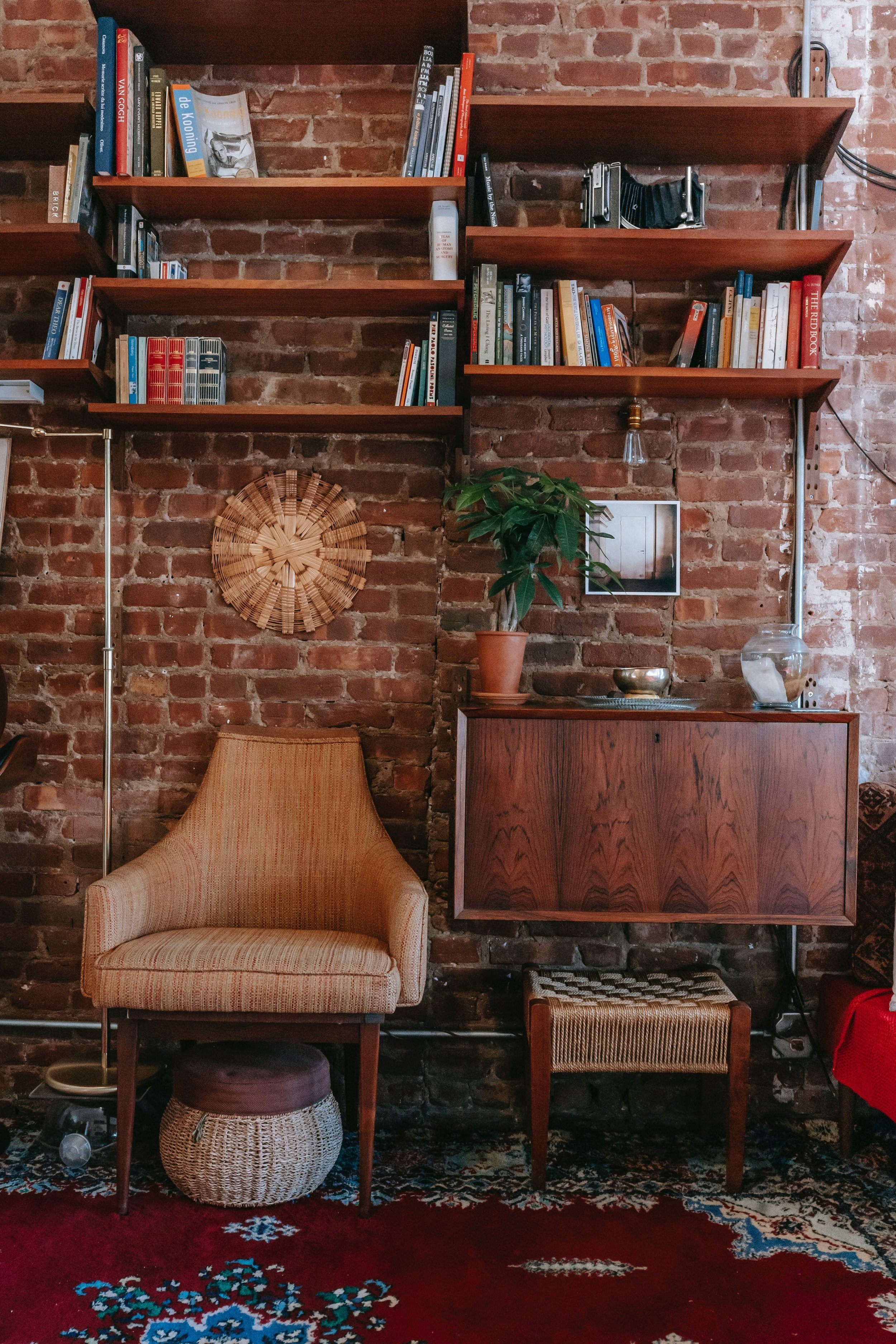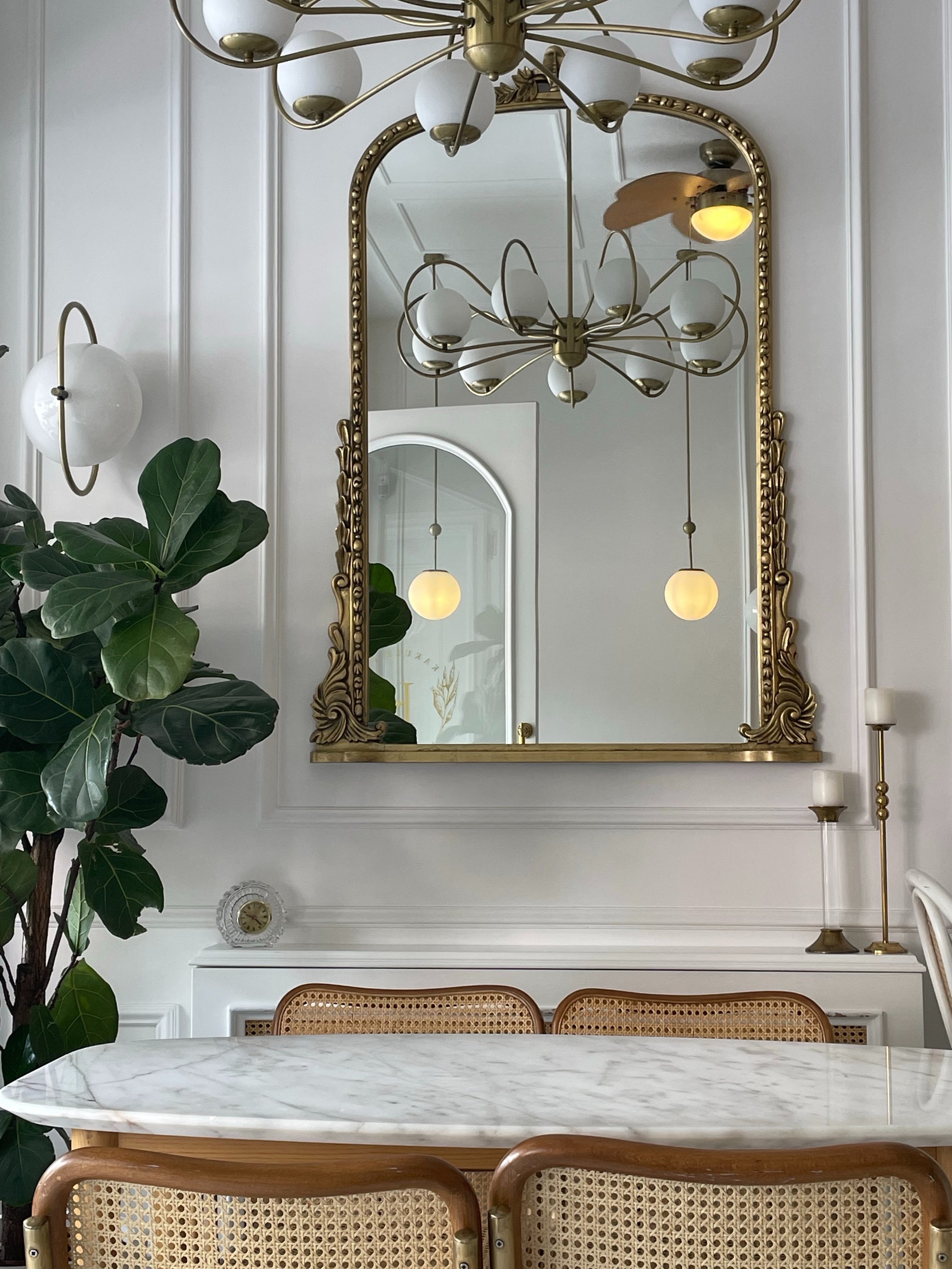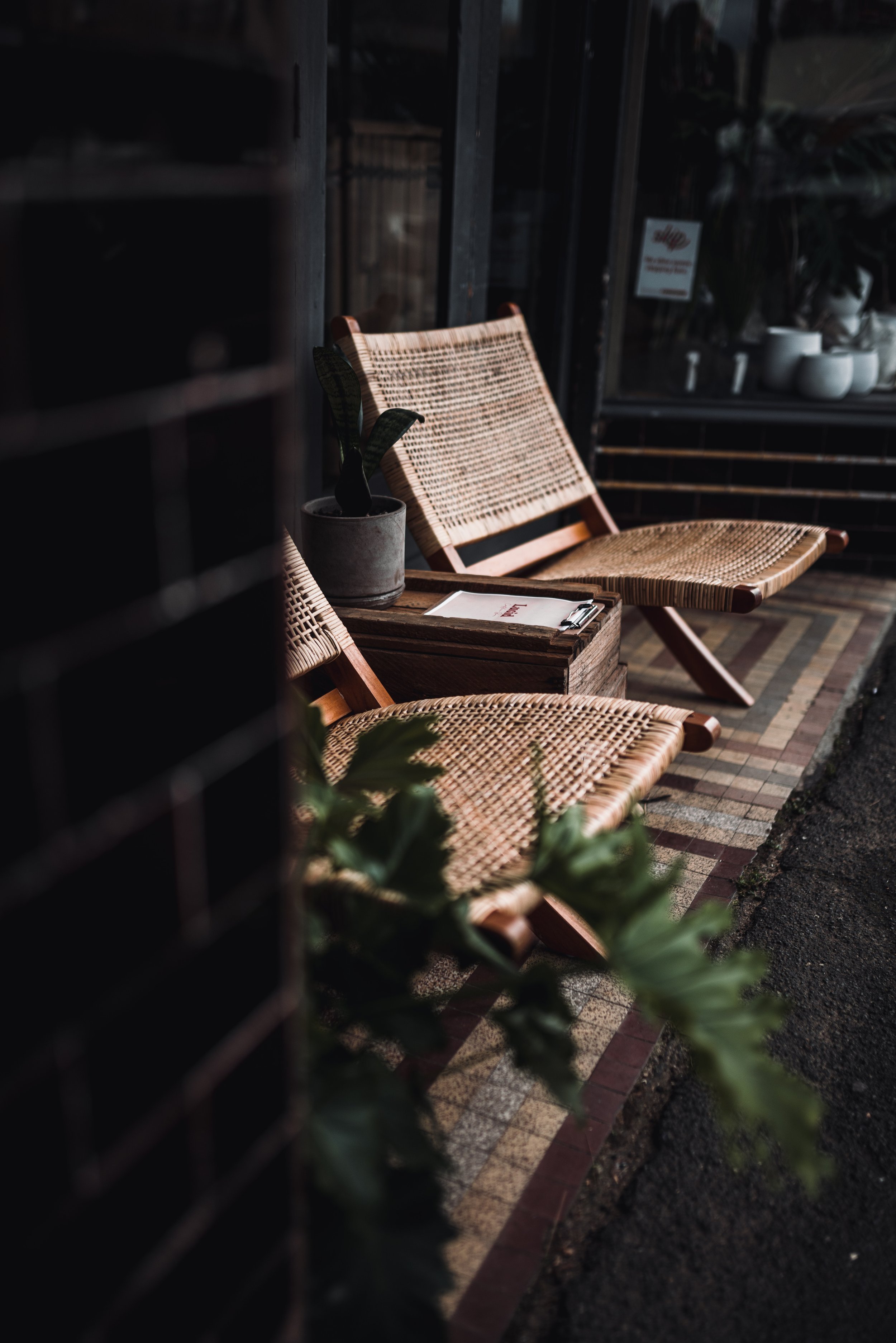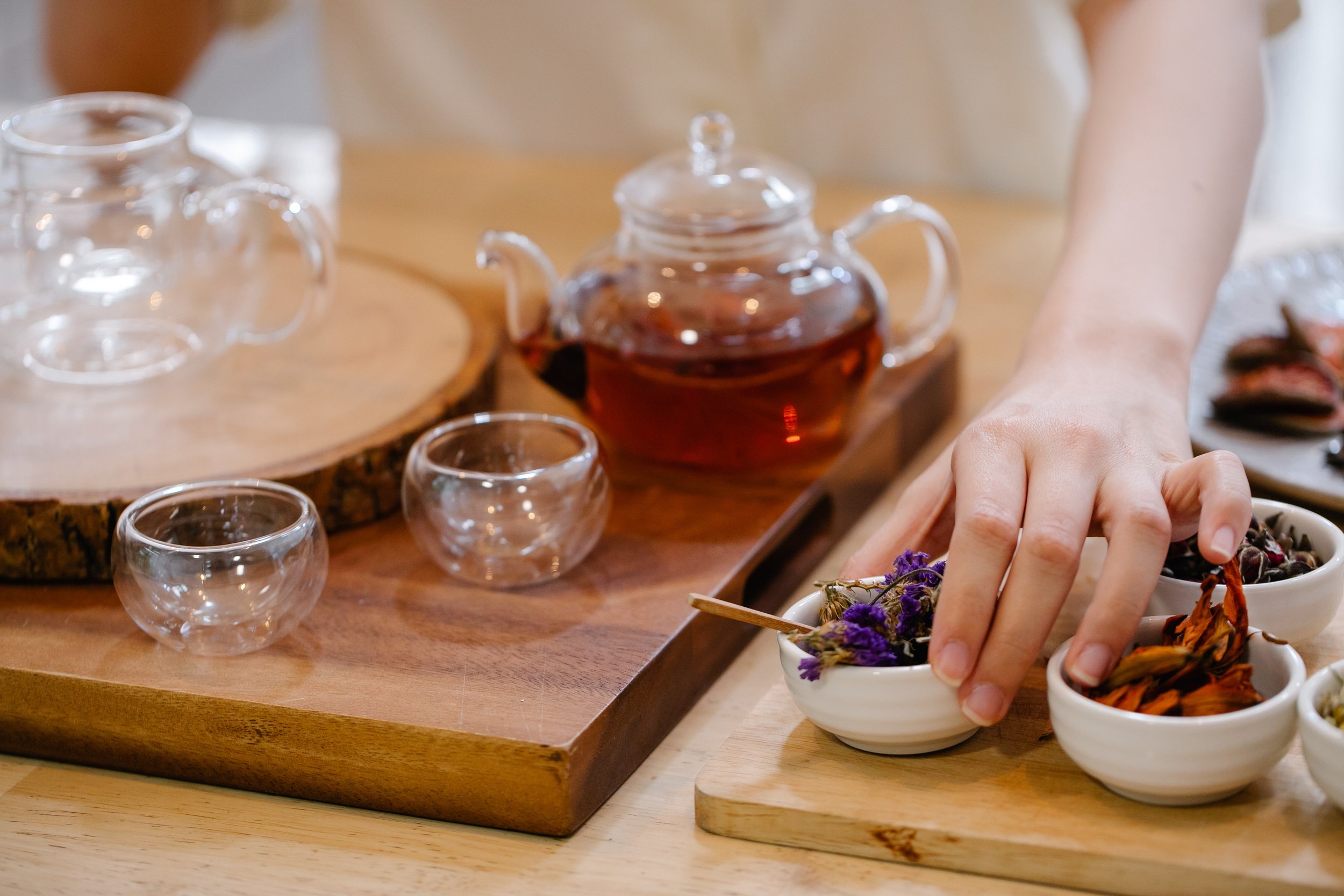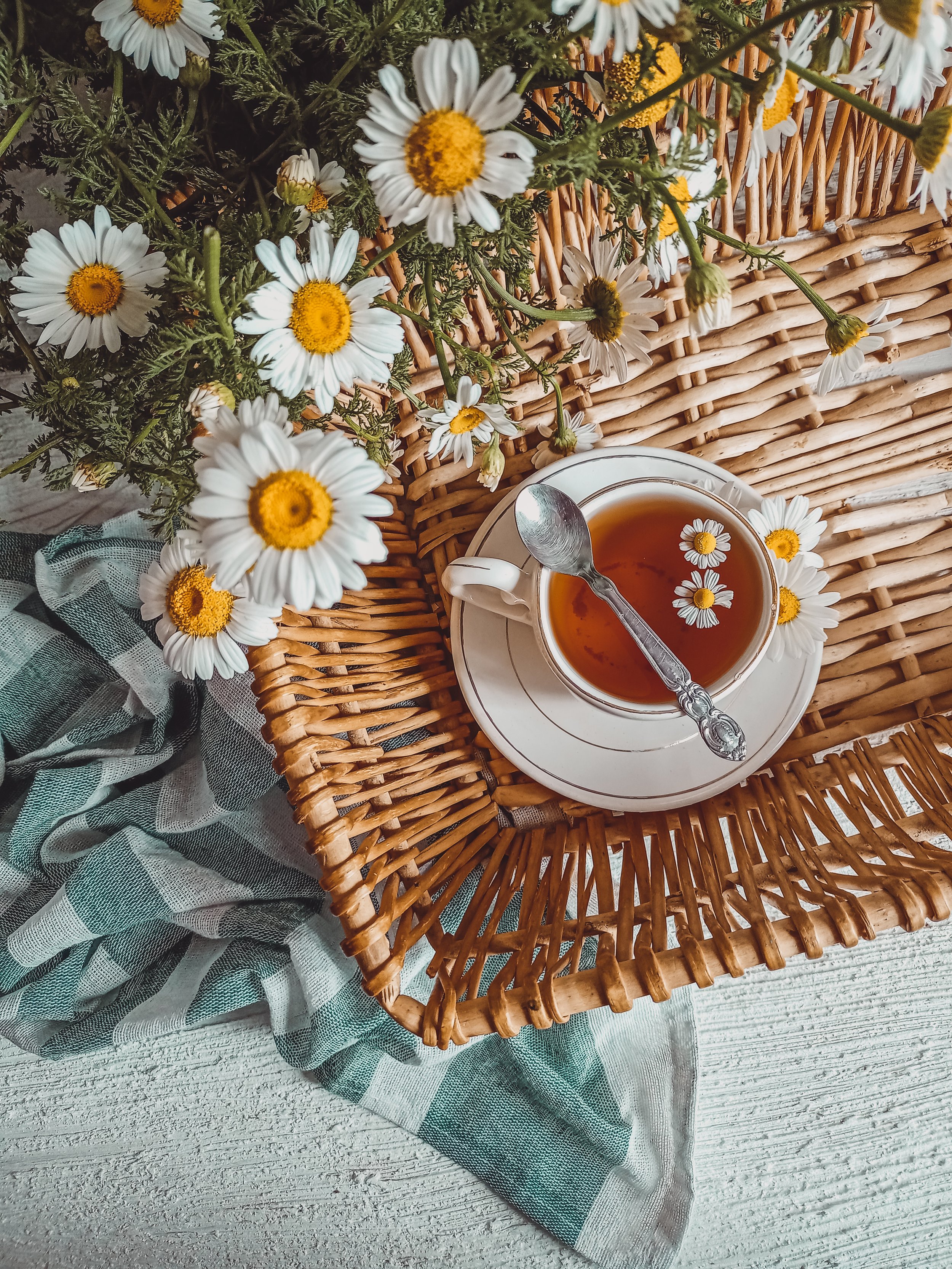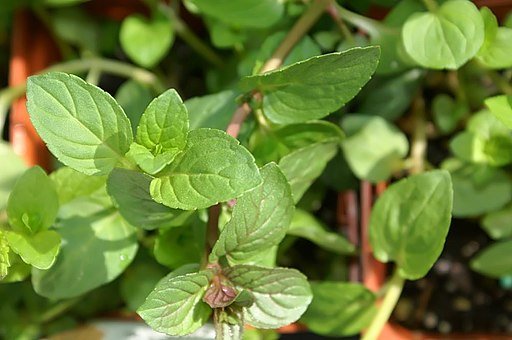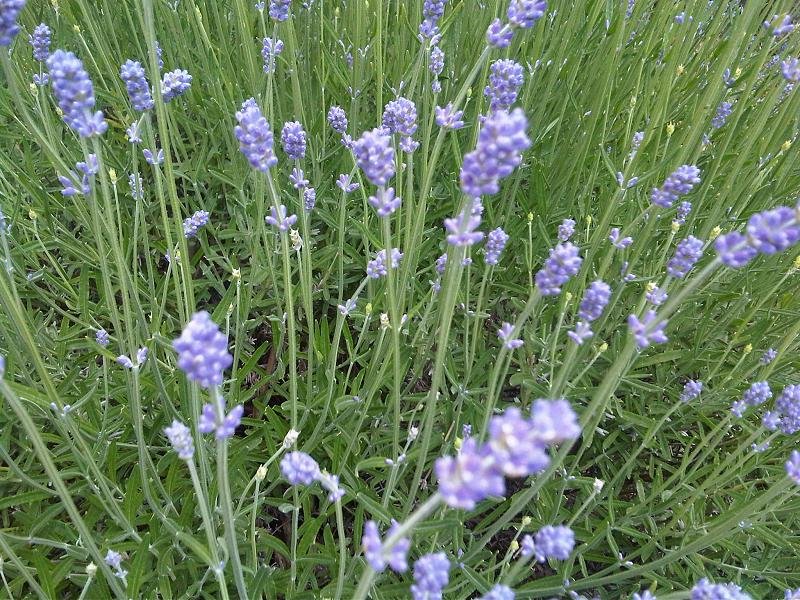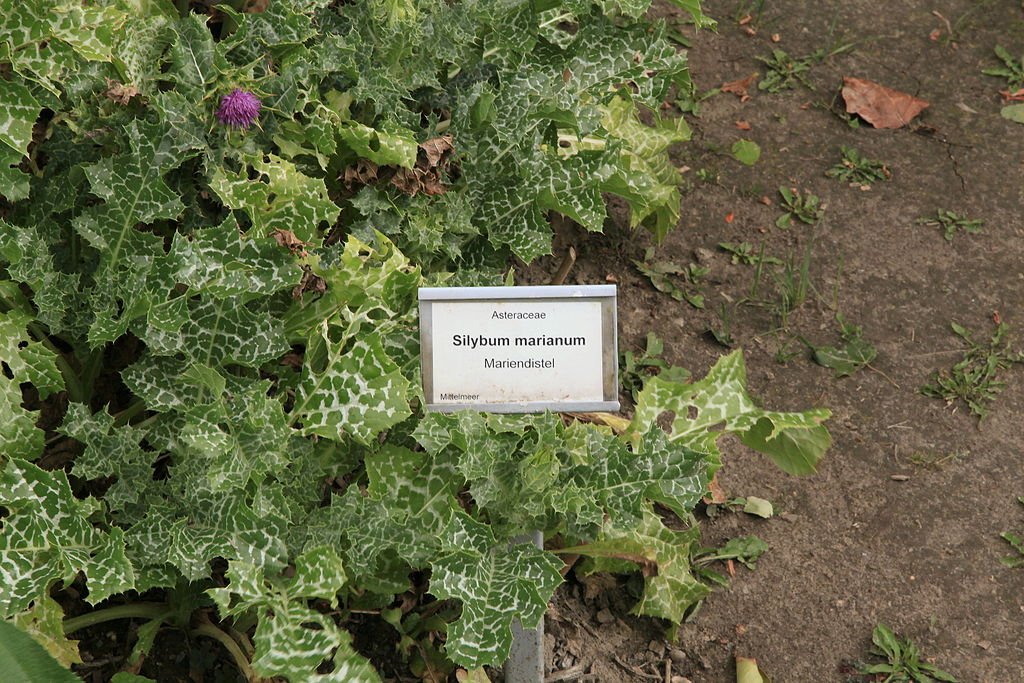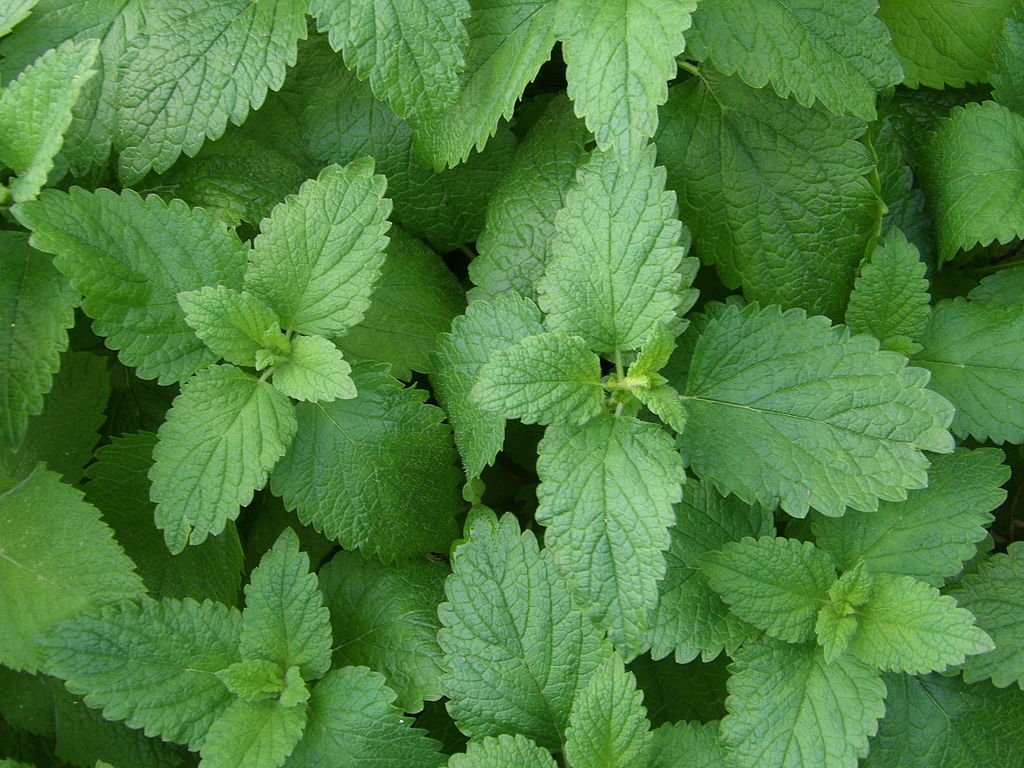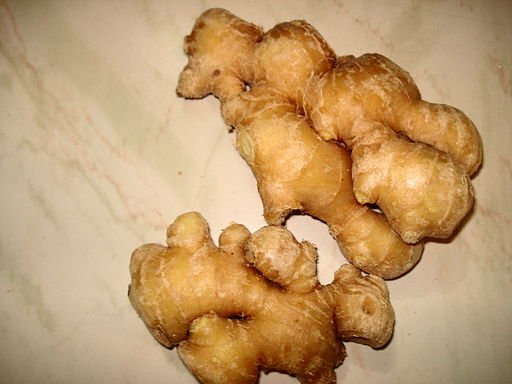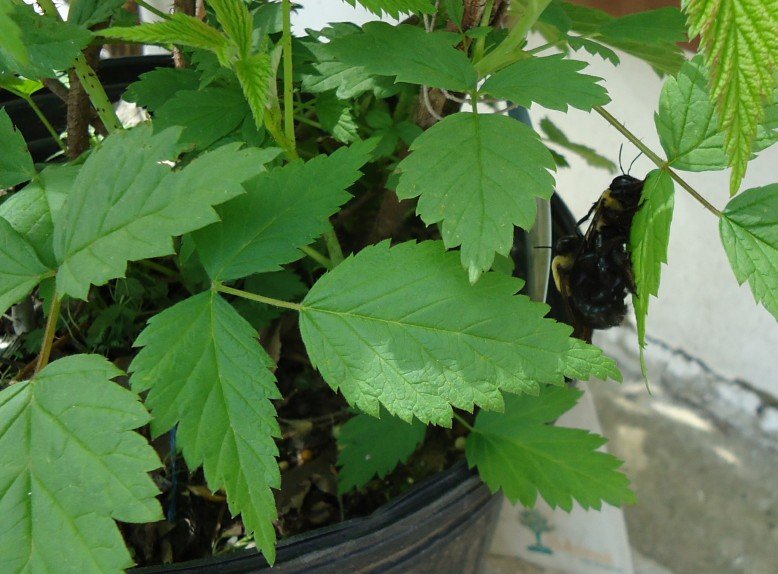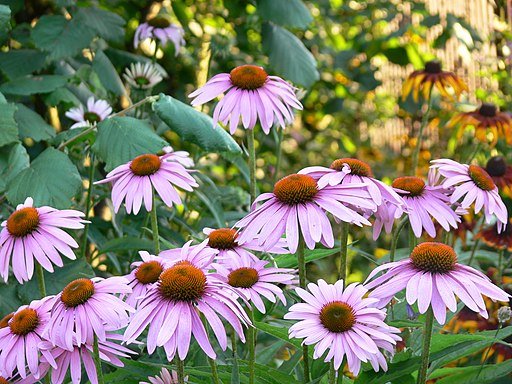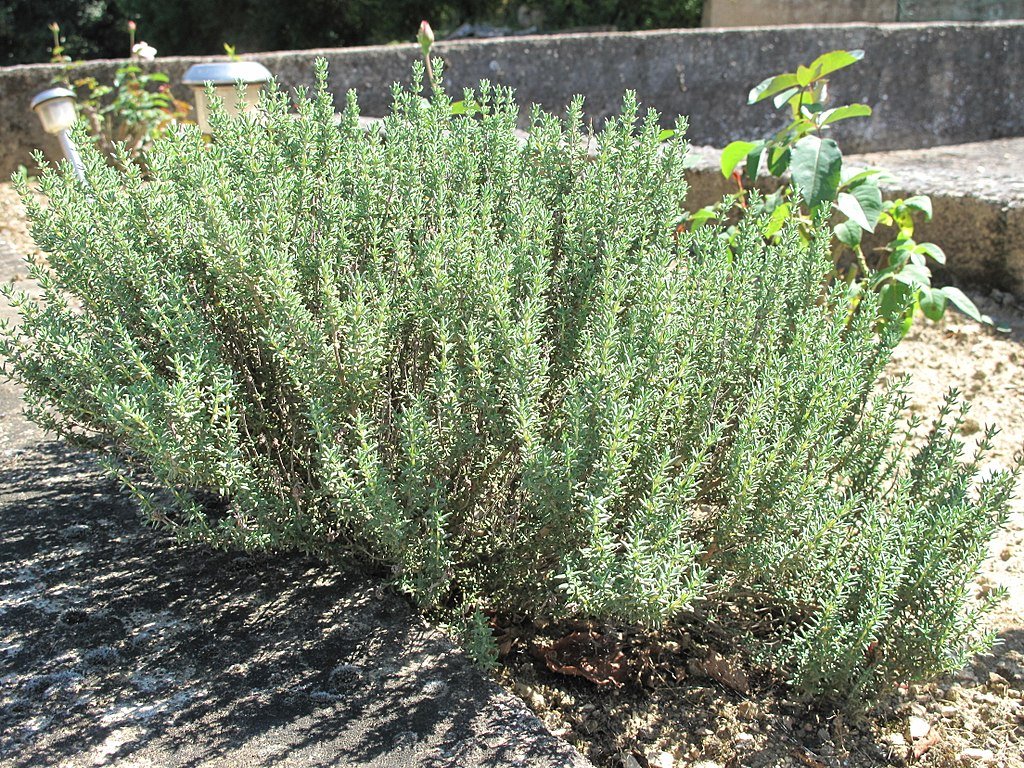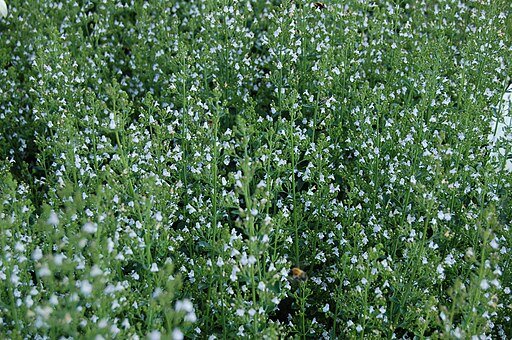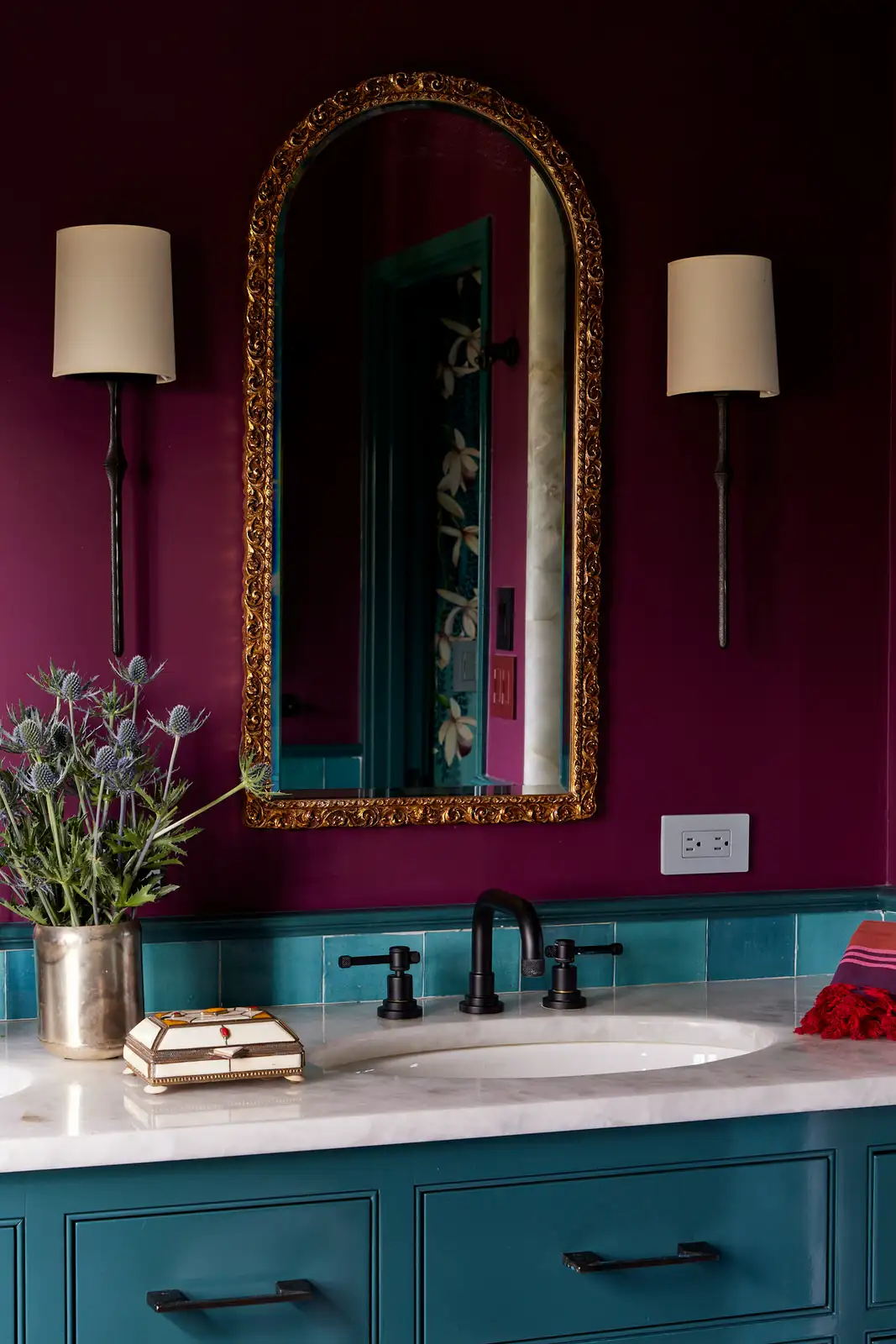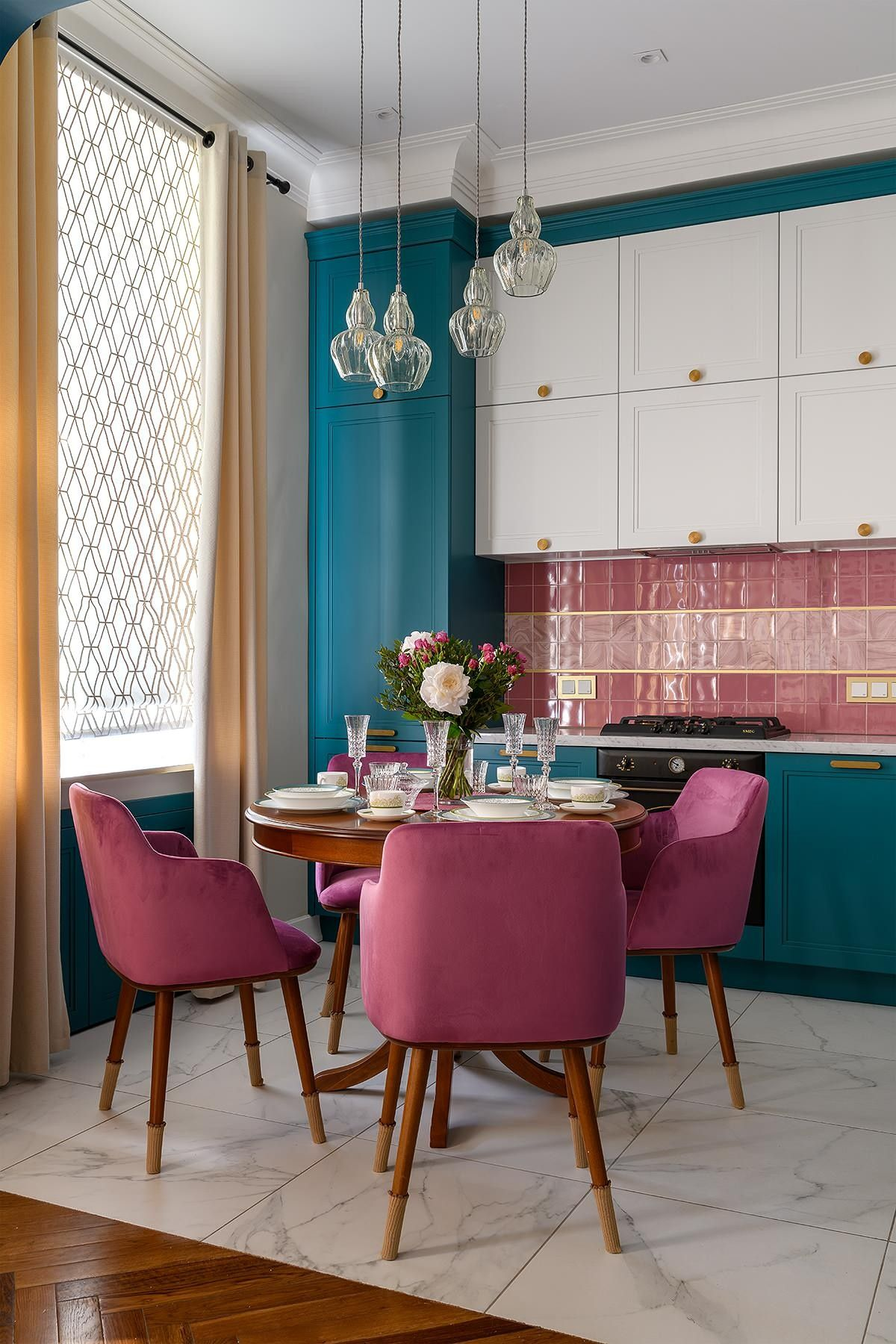Bringing the Historical To Your Home
Did you ever dream of the Victorian period's lavish balls and parlor rooms? Or watch a show or movie set in the time and wish you could decorate your home the same way? Well, you absolutely can.
The Victorian period stretched from 1837 to 1901 roughly. You saw a certain style within the homes of the well-to-do, the aristocracy, and the nobles. It was easy to identify by an exuberance of ornamentation influences from throughout history and handicrafts. It was also often compartmentalized, breaking rooms into smaller pieces and rather dark, given the shape and space allowed for homes in England. Although the Victorian period has ended, our love of it hasn't. Victorian style has been mixed, remixed, and adapted in various ways, which is why it's still so popular.
Remember that you can still pull off a Victorian style even if you don't have a large Victorian manner or an old home. All you need is a few of these tips.
Highlight Good Bones, Don't Hide Them
Rather than hiding the bones of your home, bring attention to them. Do you have wood flooring, any marble, or dark framework? Great! And if you don't naturally have this, there's a decent way you can imitate it. You can also refurbish and draw attention to old brickwork fireplaces, radiators, and mantles.
Pair Ornamentation With Simplicity
Victorian homes were packed to the brim with detail, which can be very overwhelming to modern comfort. Instead, try allowing room for each. Put a heavily detailed piece in the middle of an open wall.
Imitate The Look Of Bay Windows
Even if your home doesn't come naturally with bay windows, you can still have the look of these beautiful Victorian features. You can use a pair of double-door Shutters to frame an entryway, such as a solarium or orangery.
Yes, Your Lighting Does Matter
As we said up top Victorian homes were often dark. This came from the time of the industrial revolution, at least if they were in London. The fog at the time was so thick that lamps would be lit by mid-afternoon. Add to that that most lamps were not electric yet but were instead still powered by gas. So lighting was either what little natural lighting you could get through your windows or provided by lamplight and candles. For the modern reader, though, you want something else. Instead, when choosing your lighting, think of each piece as part of the whole room. They can all be bold, sumptuous, and intricate but they should also work together. Choose pieces that mimic one another, even if it is in subtle ways.
Juxtapose Scales
Victorian homes were often private collections of The eclectic and strange. If you're not interested in building your own cabinet of curiosities (if you are, we'll get to that further down), consider instead using scale. Pair large patterns with smaller paintings or oversized bookshelves in a small room. It gives you the same feeling of drama that the Victorians loved without needing your home to be so cluttered.
Work In The Natural
Victorians loved nature from their perspective of manicured gardens to their floor arrangements to their decor. If they could bring in the natural world, they did. It makes sense to find places you can do the same. Can you bring in accessories made from natural fibers? Can you bring in furniture made of wicker or rattan? Do you have a love for botanical drawings that you can frame and hang?
Carefully Curate Your Clutter
Remember how we were talking about curio cabinets? This is that concept. In a Victorian home, you curate what gets displayed, and the rest gets hidden in stylish cabinets. Feature finds from your latest vacation, favored books, or strange things you've discovered over time.
Go For Bold
On a final note, don't be afraid to go big and bold. Victorian decor was much more colorful than today's styles. Bring in jewel tones and huge patterns; there's no limit. What matters is how you balance these things.
Are you as in love with Modern Victorian as we are? Let us know over on our Facebook page!
If you're here because "redoing your home" started because of a flood thanks to your washer, we can help. Reach out to us via phone at ((214) 599-0055) or our contact page, and we will work with you to find a date and time to send one of our expert technicians over. At Appliance Rescue Service, our goal is to help you and get your home running smoothly again.




